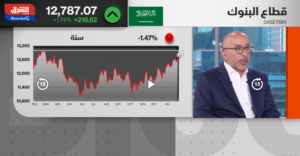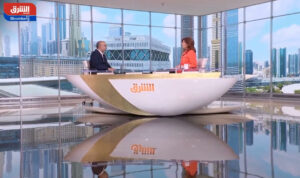In Dubai, neighborhoods have a way of defining your identity
Introducing New York-style ‘co-op boards’ could work well in ensuring consistent quality
While in every city and village social status is determined in part by what side of the tracks people live on, in Dubai, where one lives – by choice or by fate – becomes a prism through which people are defined. Psychologists believe before people choose a specific home, they are drawn first to a type of neighborhood where the tone and character reflect the way they want the world to perceive them.
This can be a tricky choice in Dubai, especially with newer neighborhoods popping up all the time. Here, there is simply not a ‘posh’ side of town, but many neighborhoods and distinct enclaves with scores of nuances and gradations. The location of an apartment half a kilometer in either direction, the age of the construction, and even what floor you live on pegs the social status. Upper middle-class families have to console themselves with neighborhoods that may be in close proximity to the wealthy, but even here there are nuances.
Dictated by sentiments
All of this is to state that there are plenty of hidden gems in terms of buildings in Dubai where price discovery has not been made yet. At the ultra high-end, the cost of an apartment or villa no longer has held any relationship to the true value of the space it represents. The value is focused at the mid-and the upper mid-end of the market, but given the churn of purchasers, there is little attention paid to detail of maintenance and the fit-outs that would make the asset appreciate over time.
Adopt the ‘co-op’ way
It is for this reason that there is a case to be made for apartment blocks to tie up with owner associations to offer the condominium marketplace in Dubai. Where existing landlords and tenants have a say in future purchases being made, creating not only control over the quality and the collections of the common area charges but also creating the lure to potential buyers looking at the variability of quality they currently see throughout the city. The ‘co-op’ boards, similar to what exists in New York, would limit the ability of defaults, thereby easing the lives of both owners associations as well as those dwelling in the building, ensuring the value of their investments is being protected.
Attention to detail ensures that the middlemen are incentivized to not only sell apartment buildings or investments. Rather, what is on offer are vertical neighborhoods, selling lifestyle.
The intimacy of Dubai as a city as it goes increasingly vertical makes this structure the logical next destination in terms of real estate market maturation. In this model, people not only own the apartment, but they also own stock in a private corporation that owns the entire building. Every shareholder is obligated to behave according to a set of commandments, from maintenance costs to sinking funds, with these policies being reinforced by its board of directors that work hand in glove with owners associations.
A like-minded resident base
Every owner would have what is known as a ‘board package’, a summary financial curriculum, which grants existing owners control over who their neighbors should be. The apotheosis of this structure automatically infuses value into the structure and removes the friction that currently exists in terms of payment obligations. It becomes a self-regulated structure where the incentives are aligned for the appreciation of the asset.
In Dubai, landlords are starting to move in this direction as a means of distinguishing their asset from their neighbors. Intuitively, apart from obvious factors such as reducing the churn rate and increasing collection rates of maintenance fees, it emboldens owners to assert their control over an asset in a decisive manner, making it the most obvious next step for the city.





